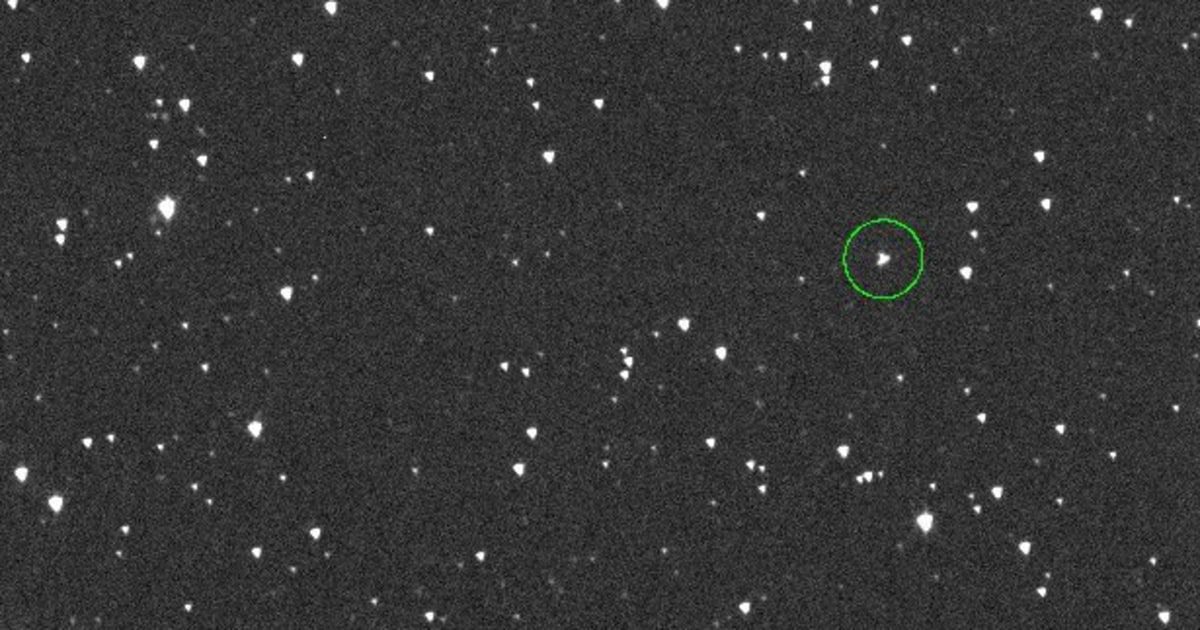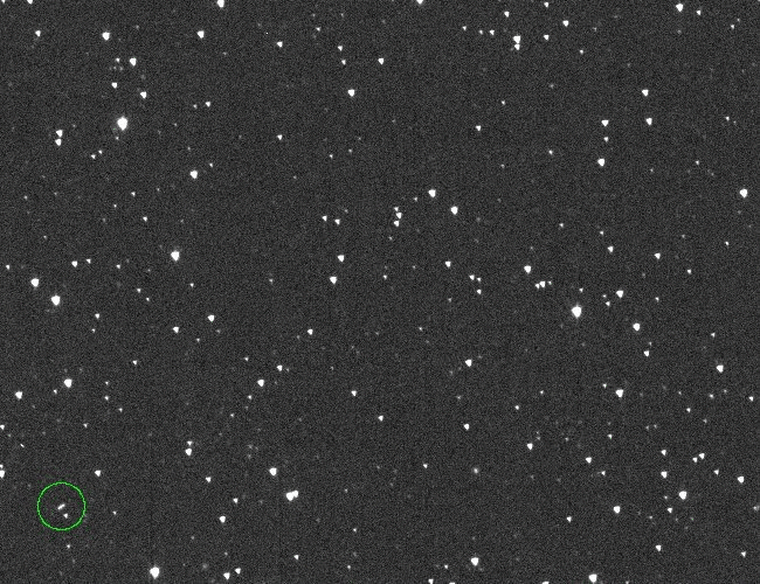
A newly discovered asteroid, measuring between 130 and 300 feet in diameter, has a small chance of colliding with Earth in 2032. However, the specific probability of this occurrence has fluctuated since the asteroid was first identified nearly two months ago.
NASA currently assesses the risk posed by asteroid 2024 YR4 to be approximately 0.28%, equivalent to about a 1 in 360 chance of impact. Just a few days prior, the risk was estimated at 1.5%, and earlier in the week, it peaked at a remarkable 3.1%, or 1 in 32, marking a historical high.
These initial probabilities placed 2024 YR4 as the first object officially categorized as a Level 3 on the Torino scale, a system proposed by astronomer Richard Binzel nearly thirty years ago.
A Level 3 designation indicates that the asteroid warrants attention from astronomers due to the potential for a “close encounter.”
The Torino Impact Hazard Scale, named after the Italian city where it was formally adopted in 1999, is designed to inform the public about the risks associated with near-Earth objects and other celestial bodies.
This color-coded scale ranges from 0 (indicating no hazard) to 10 (denoting certain collisions). When 2024 YR4 was believed to have a 3.1% impact chance, it landed in the intermediate yellow zone on this scale.
Increased media coverage of this asteroid has brought the Torino scale into the spotlight. Binzel explained that this was precisely the intent behind creating the scale.
“The goal was to communicate transparently about astronomers’ knowledge,” said Binzel, who is a professor of planetary sciences at MIT. “However, it’s a challenging balance between maintaining public trust and avoiding unnecessary panic.”
The fluctuations in probability for 2024 YR4 illustrate the complexities involved in tracking such celestial objects.
NASA explained that the revised impact probabilities were due to improved observations conducted by ground-based telescopes on February 19 and 20. These observations allowed astronomers to better model the asteroid’s orbit, leading to more accurate predictions about its trajectory and proximity to Earth on December 22, 2032, when it is expected to have its closest approach.
Despite the rapid changes in estimated impact likelihood, such adjustments are not unusual for near-Earth asteroids, according to Binzel.
“Consider it like predicting where a fly ball will land—gathering the information can be tricky,” he noted.
This means that more time and observation are necessary to determine if the asteroid continues to pose a threat.

When Binzel first introduced the Torino scale, his aim was to enhance public awareness of the risks associated with potential impacts. He sought to develop a system similar to the Richter scale for earthquakes and the Saffir-Simpson scale for hurricanes.
However, initial reception was lukewarm, as some astronomers doubted its value for informing the public.
That same year, an asteroid named 1997 XF11 was identified with speculation of a potential impact in 2028. Although astronomers quickly ruled out the possibility of collision, sensationalized news reports led to public anxiety and scrutiny over perceived miscalculations.
“It became somewhat of an embarrassment,” Binzel stated. “The issue wasn’t an error per se; rather, the challenge was effectively communicating uncertainty. This motivated me to propose a straightforward system for categorizing objects that might pose a threat.”
The Torino scale was later reaffirmed at a conference in Torino in 1999, where it garnered endorsements from NASA and the European Space Agency, eventually receiving formal adoption from the International Astronomical Union, an organization of professional astronomers.
The scale not only employs color codes and numerical classifications to represent various risk levels, but it also outlines the potential implications of a collision, the likelihood of changes in risk assessments, and recommended actions for governments or the public.
For instance, a Level 6 classification indicates a significant risk of a near miss from “a large object posing a serious but uncertain threat of global catastrophe,” advising that astronomers should devote critical attention to it and that government contingency planning might be necessary if the encounter is within three decades.
Conversely, a Level 3 rating implies there is at least a 1% chance of a localized destructive collision, with expectations that further observations will likely lead to a downgrade to Level 0. Public and official attention is warranted if the encounter is anticipated within a decade.
Given these definitions, Binzel anticipated that 2024 YR4’s classification as a Level 3 would eventually be revised downwards.
In that brief interim, however, 2024 YR4 achieved notable records: it was the only asteroid classified above Level 1, and it set records for the highest impact probability and duration above 1%, as noted by the European Space Agency.
Previously, the only asteroid of similar or larger size to receive a higher classification on the Torino scale was Apophis in 2004, which was briefly categorized as a Level 4 with a 2.7% estimated chance of striking Earth.
Observing the Torino scale in action has been rewarding for Binzel, although he prefers to remain somewhat incognito.
“Ultimately, if the Torino scale proves useful, I feel a deep sense of satisfaction. That truly brightens my day,” he remarked. “But I appreciate being able to keep my association with it under the radar; it helps limit the ringing of my phone.”









